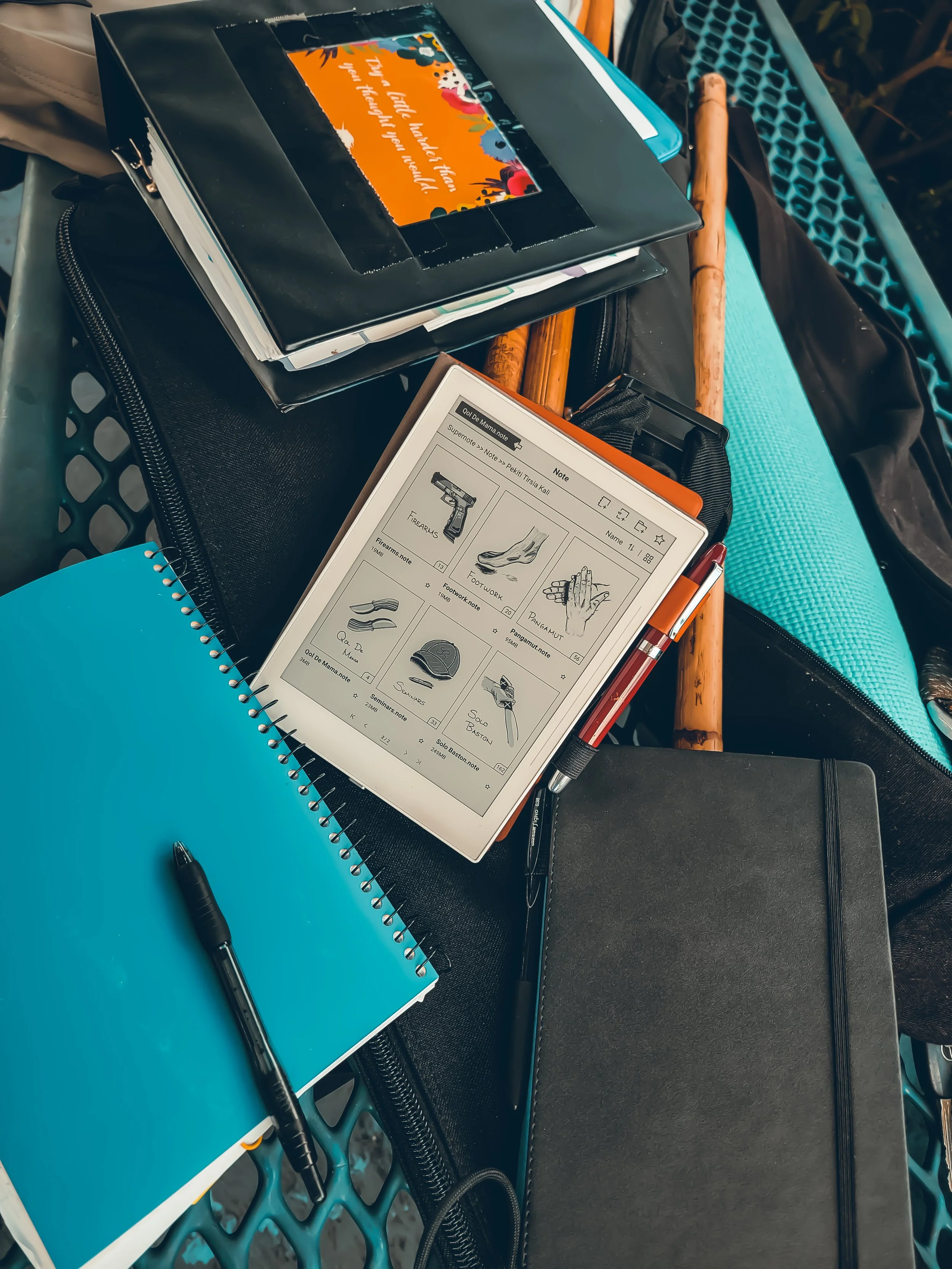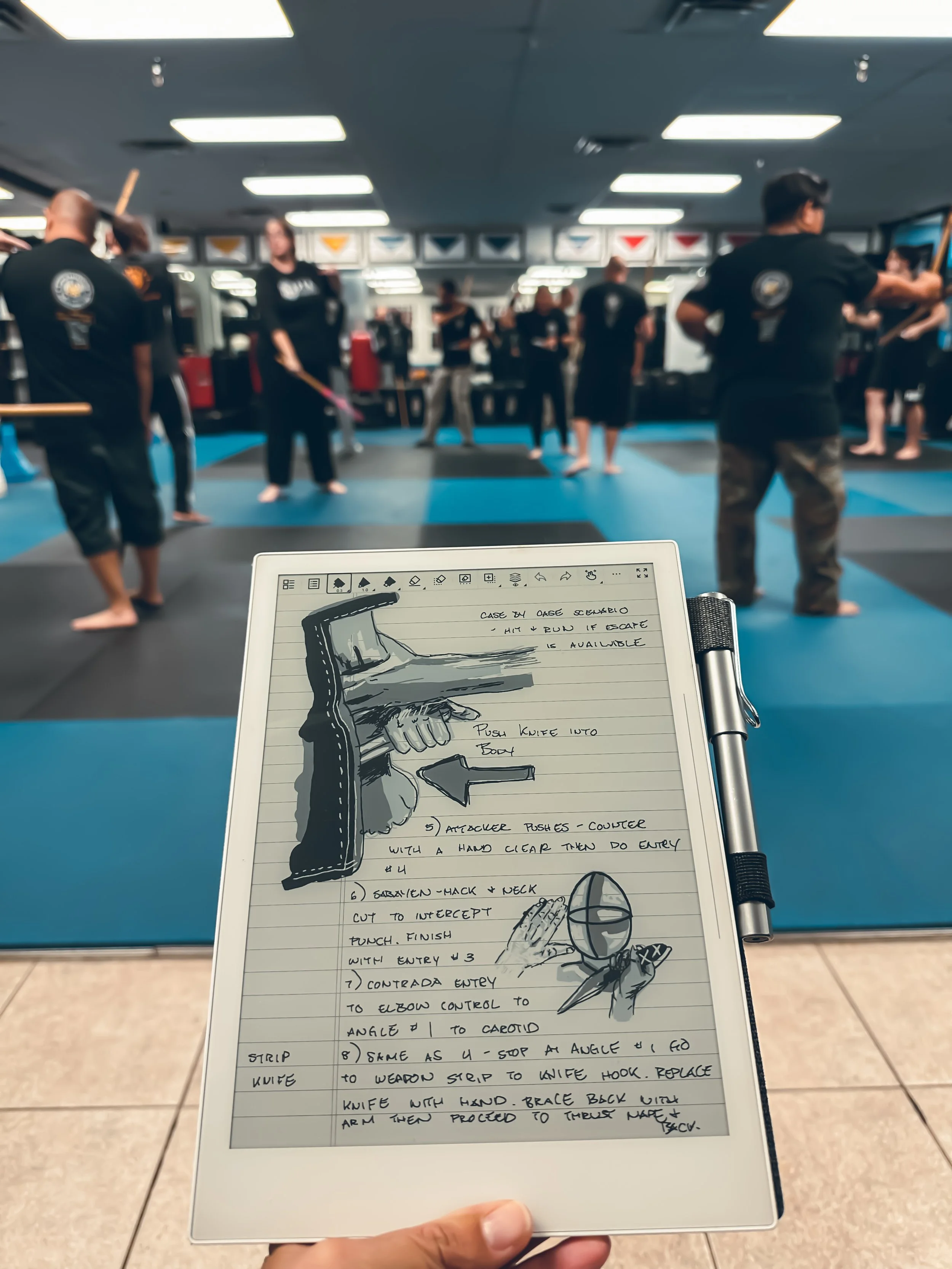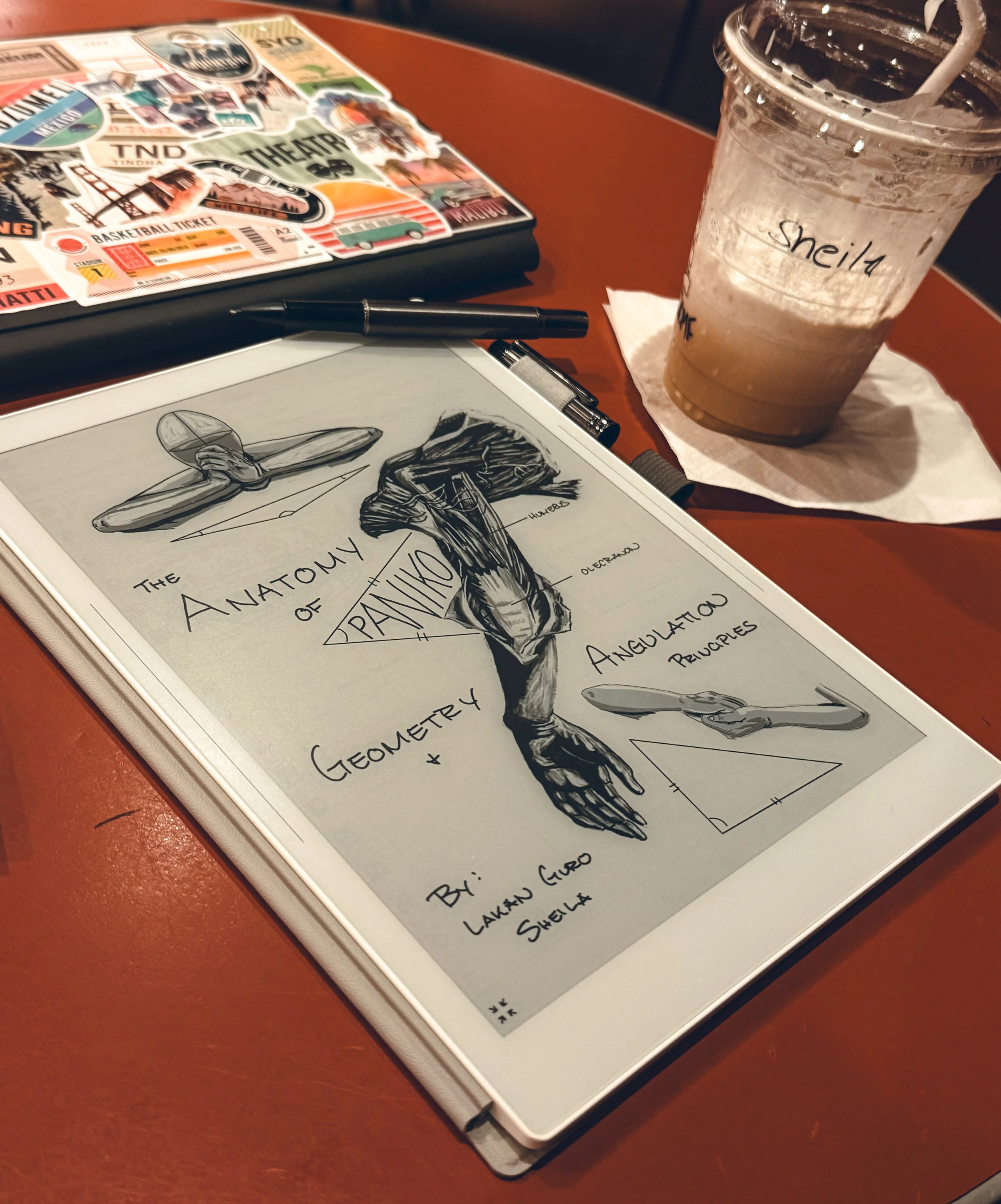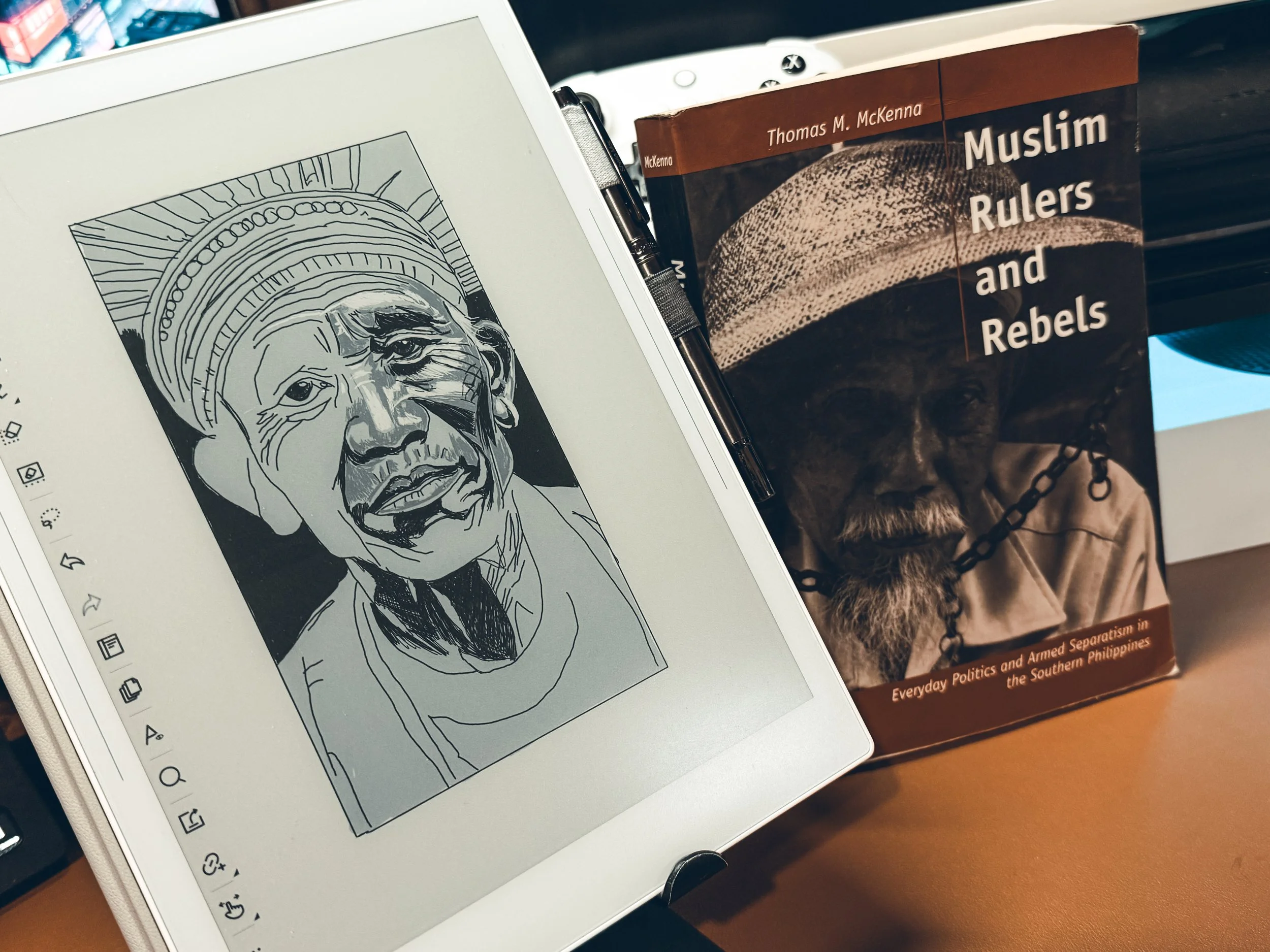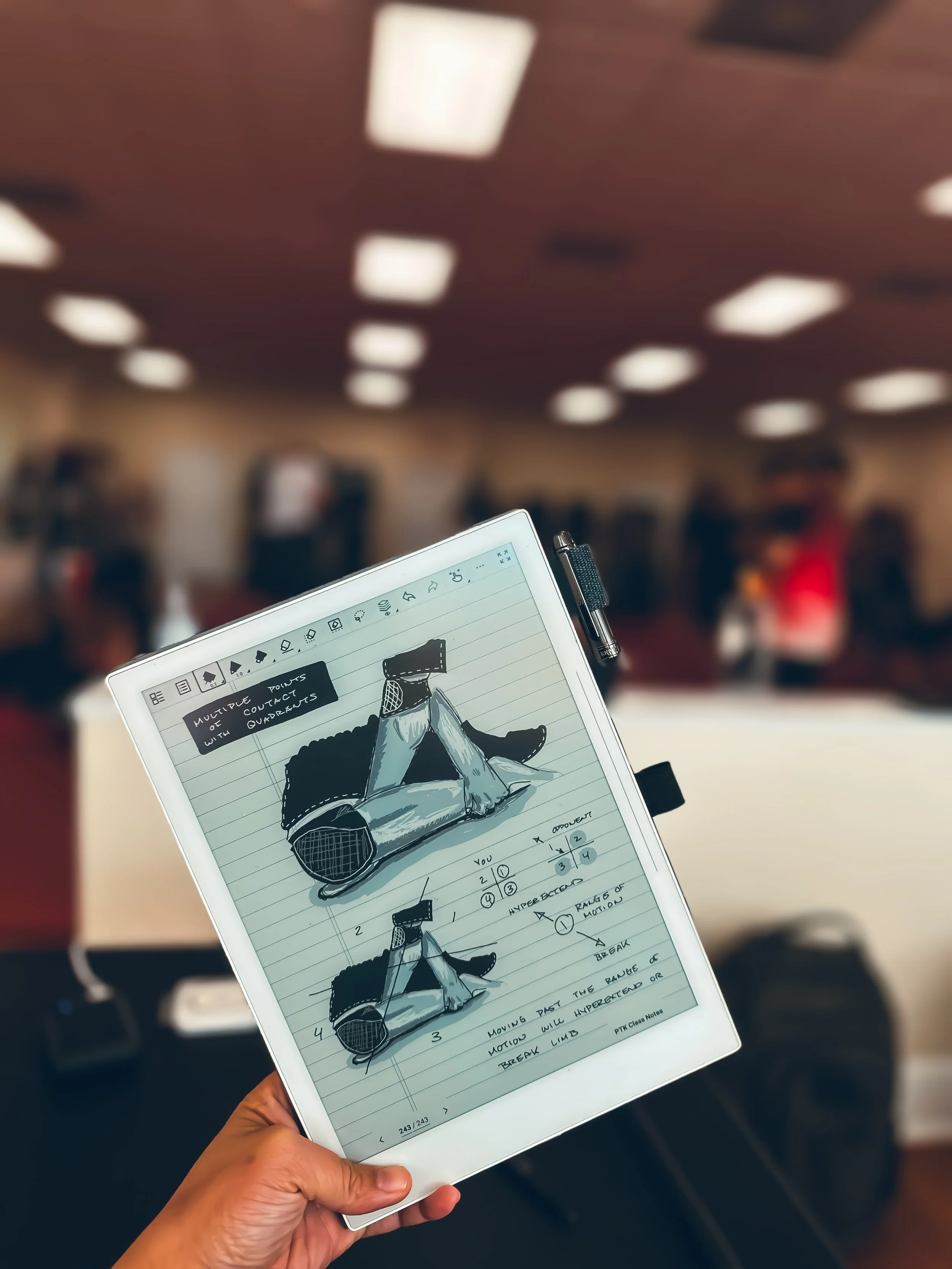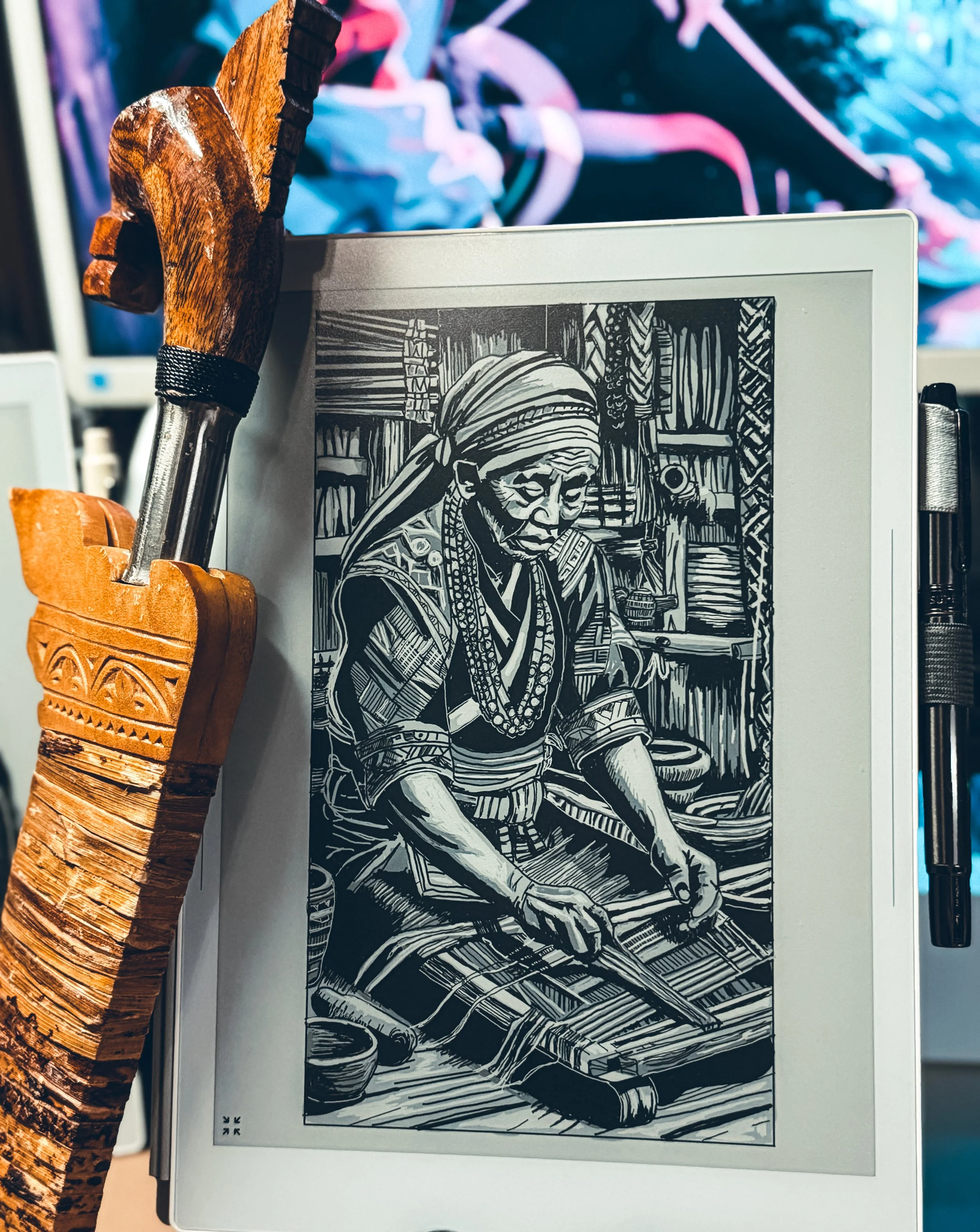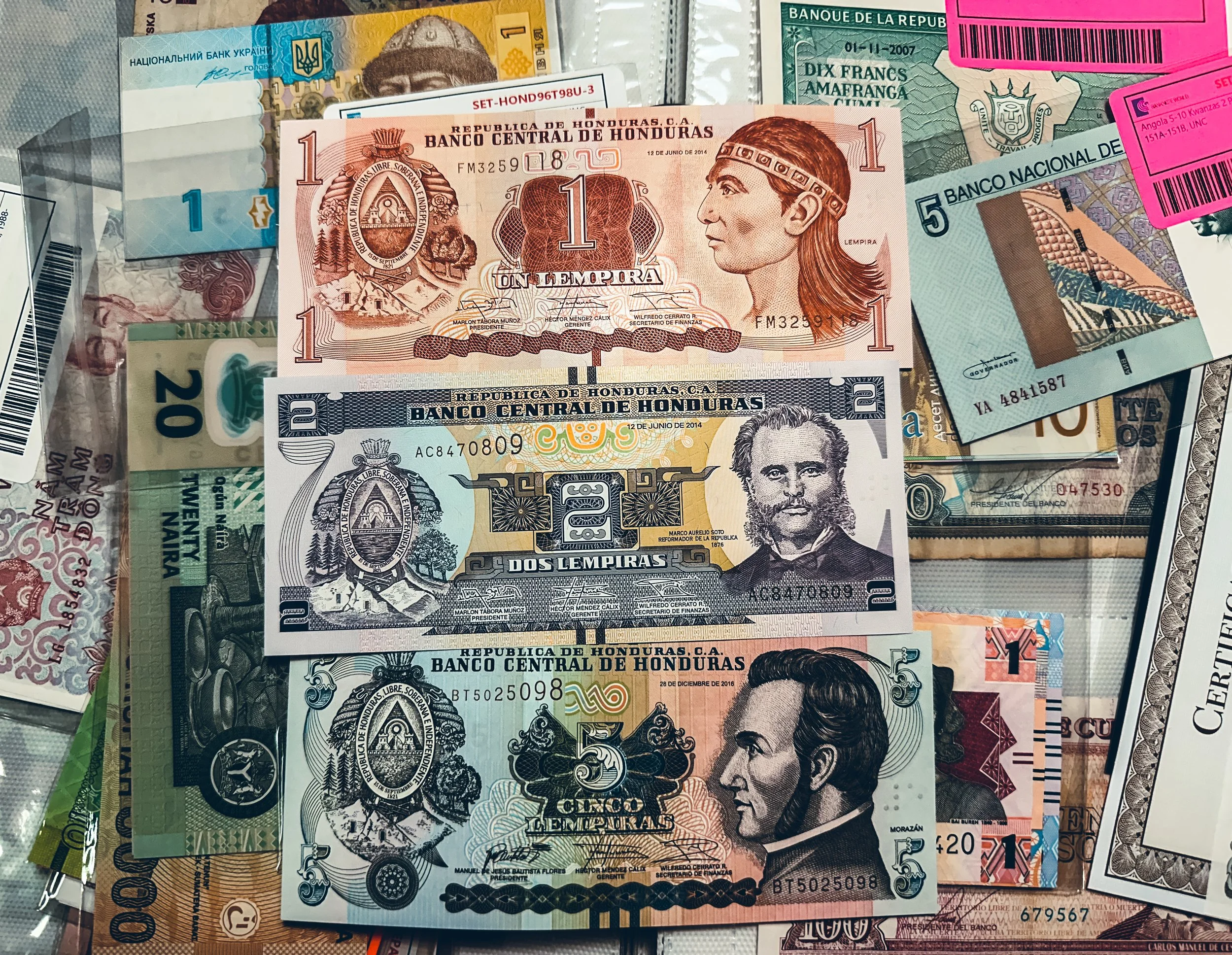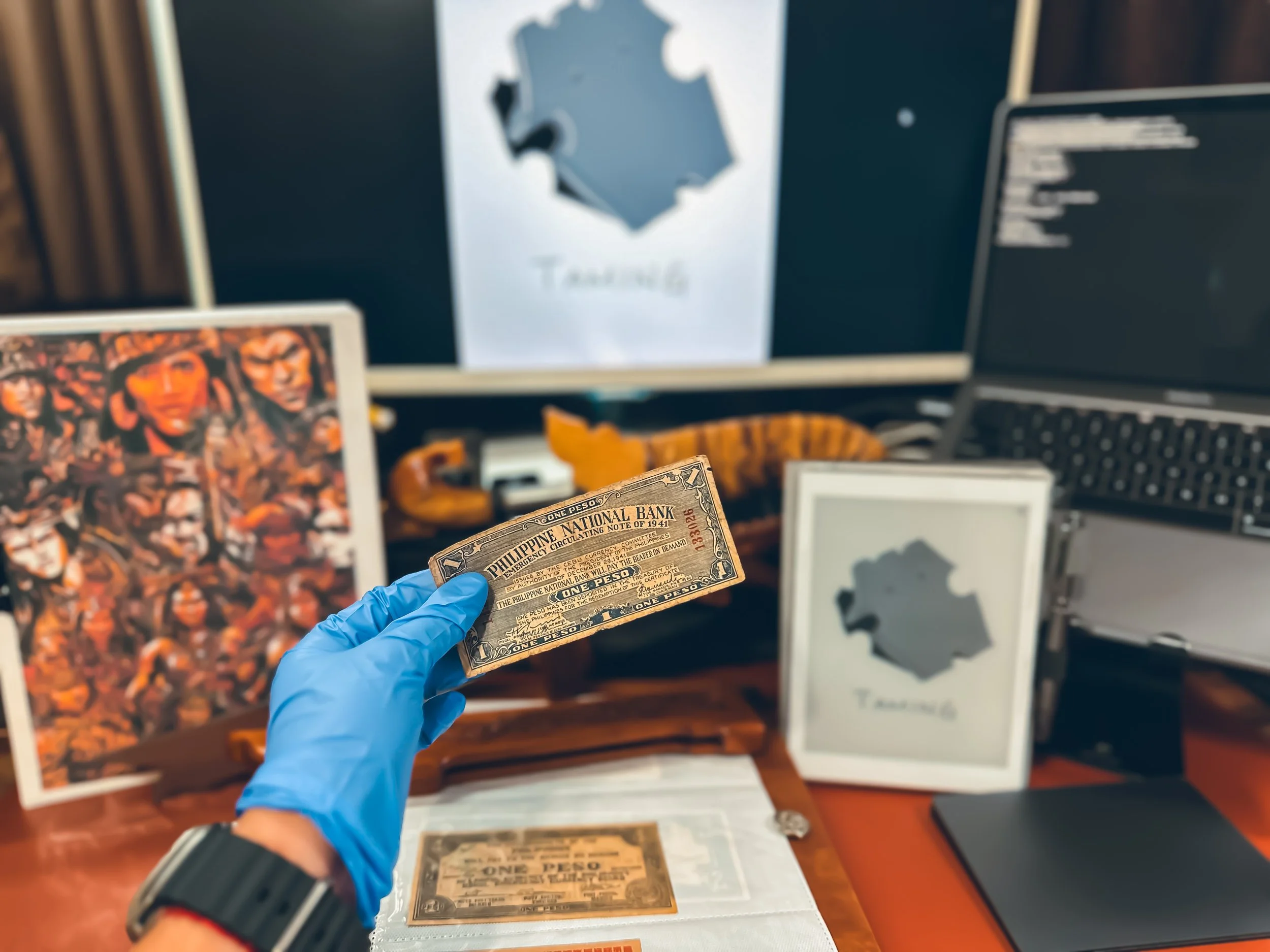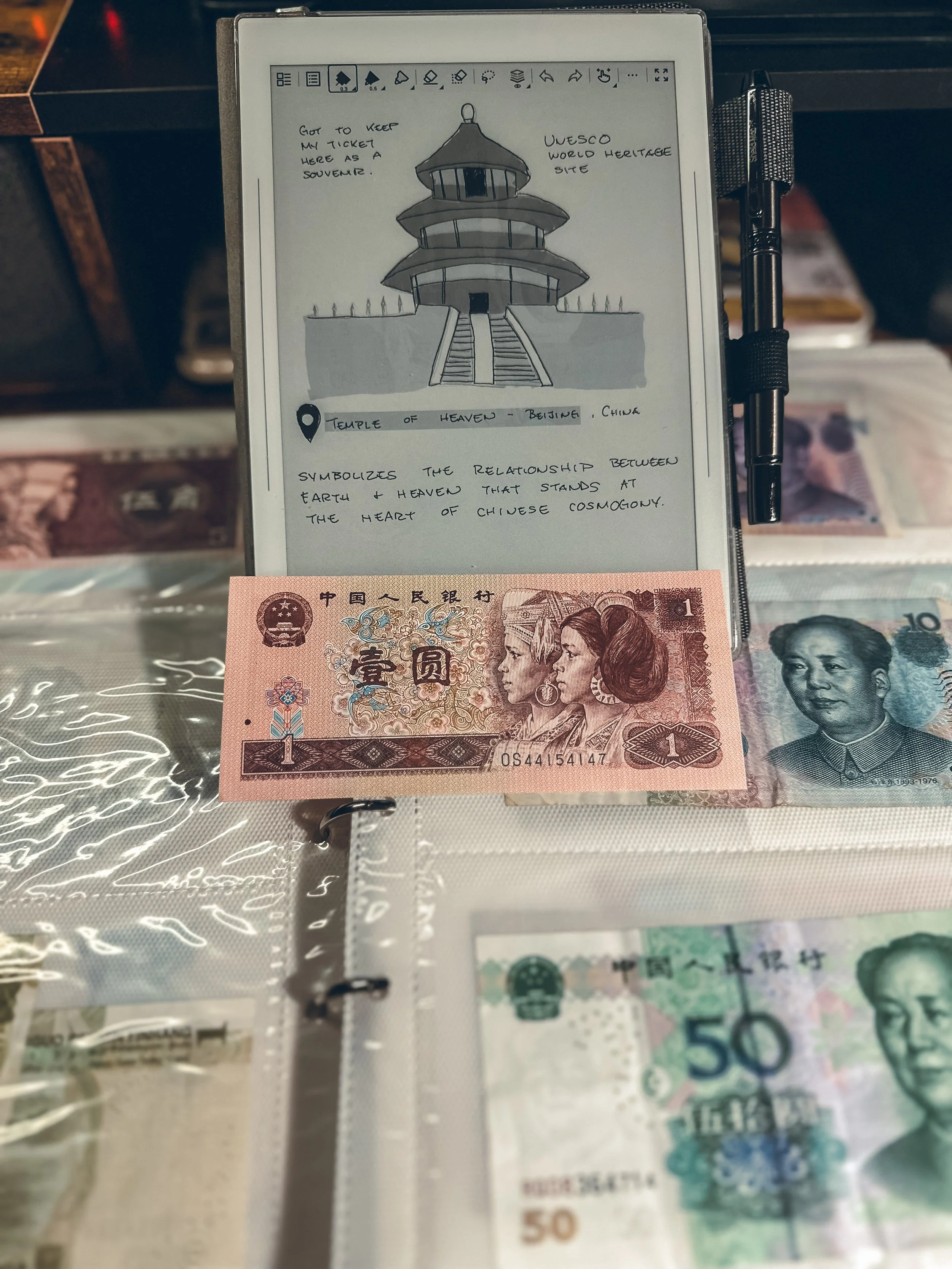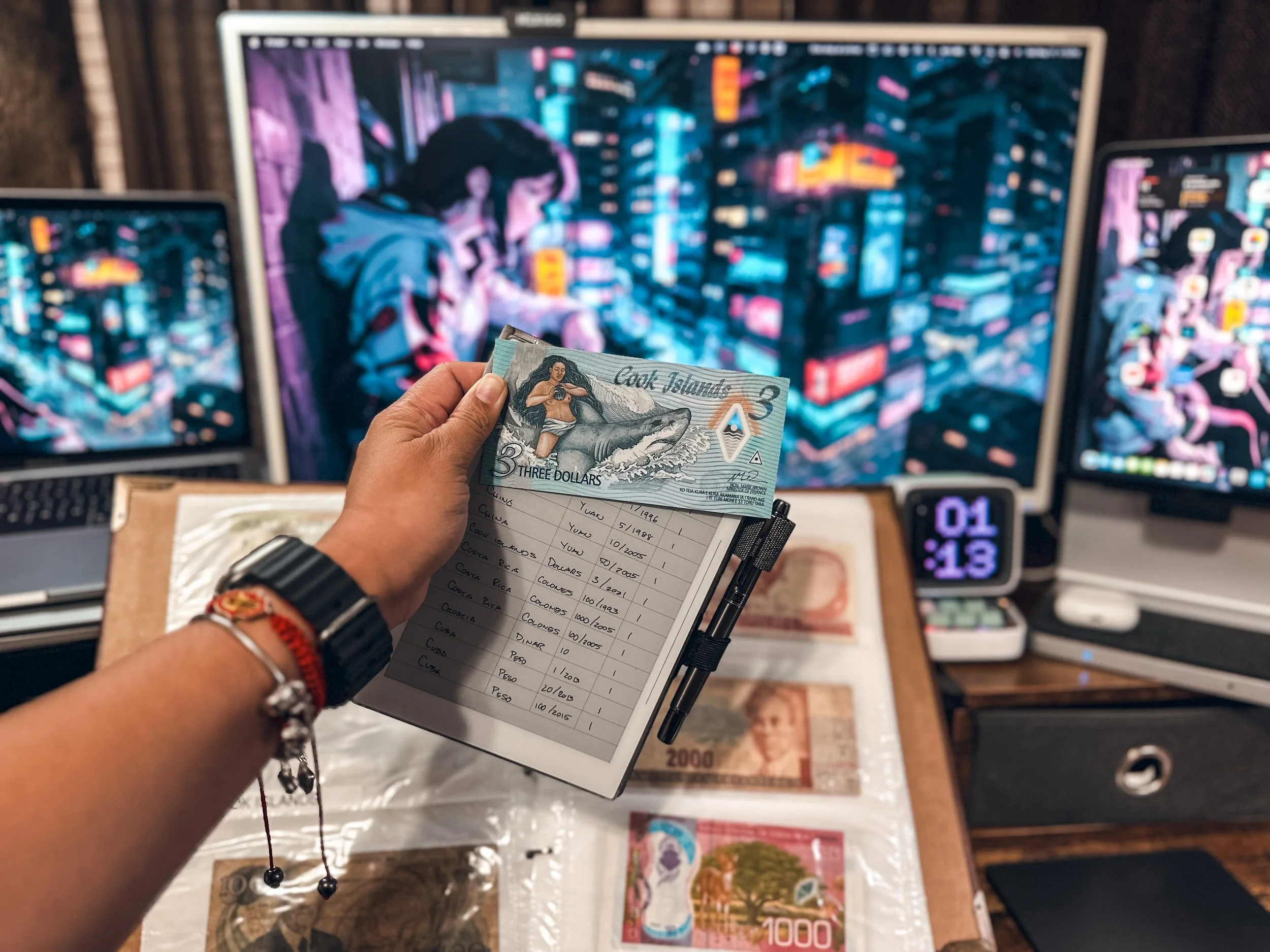How My Supernote Became the Perfect Pekiti Tirsia Kali Notebook
When I began my journey in Pekiti Tirsia Kali (PTK), I knew I needed a way to keep track of techniques, drills, and concepts. PTK isn’t just about movement—it’s a deep system of strategy, timing, and adaptability. To truly understand it, I needed a method to analyze, connect, and refine what I was learning.
Analog PTK notebook vs Supernote A6x PTK notebook
Enter my Supernote. What started as a simple training log evolved into something much more powerful. It became a tool that allowed me to bridge the gap between training, analysis, and creativity, forming a triangle of learning that has deepened my understanding of Kali.
PTK notebook collection
The Triangle: Training, Analysis, and Creativity
Pekiti Tirsia Kali is a blade-based system, and in Filipino martial arts, the triangle is a fundamental shape—used in footwork, strategy, and even the core philosophy of the art. I found that my own learning process also followed a triangular structure, with Training, Analysis, and Creativity forming the three sides:
1. Training (Physical Execution) – The actual practice of drills, movements, and techniques.
2. Analysis (Understanding & Connecting Concepts) – Breaking down what I’ve learned to see patterns and refine my approach.
3. Creativity (Visualization & Documentation) – Sketching, annotating, and interpreting the art in a way that deepens my understanding.
My Supernote helped me balance all three sides, allowing me to move fluidly between them, much like a well-executed triangular footwork pattern in Kali.
Tuhon Rich of TrainKali (Makilas) teaching Offensa Defensa.
How the Supernote Supports Each Side of the Triangle
Training: Capturing Real-Time Learning
During classes or solo practice, I use my Supernote to jot down key takeaways from training sessions. Unlike a traditional paper notebook, I don’t have to worry about running out of space or struggling to reorganize notes later. If I want to expand on a concept, I can simply insert a new page or move my notes around.
Having my notes structured digitally also means that I can review my training history—seeing what I struggled with and what I’ve improved on. It keeps me accountable and tracks my progress over time.
One of Tuhon Rommel teaching seminars.
Analysis: Making Connections Between Concepts
PTK is filled with underlying patterns that connect seemingly different techniques. Through my Supernote, I’ve been able to:
• Compare drills across weapons (stick, knife, empty hand) to see shared principles.
• Track terminology to better understand Filipino and Spanish influences.
• Identify movement patterns that apply to both offense and defense.
My PTK Glossary and System Infrastructure Analysis notebooks.
The ability to search my notes instantly makes a huge difference. Instead of flipping through pages, I can find a drill or concept instantly, allowing me to build on past lessons rather than relearning them from scratch.
My analysis of Paniko with Geometry and Angulation Principles. Combination of Anatomy drawings and PTK notes.
Creativity: Visualizing Techniques Through Drawing
One of the most unexpected but rewarding aspects of using the Supernote has been how it’s forced me to improve my drawing skills. PTK is a highly visual art—angles, footwork, and hand positioning all matter. Writing notes was helpful, but I quickly realized that sketching movements and diagrams made my notes even more valuable.
Since the Supernote doesn’t have an easy undo/redo function like an iPad, I had to commit to each stroke, which made me more confident in my illustrations(No sidebar for undo/redo on A6x/A5x). Over time, this challenge became enjoyable, and I found myself wanting to create better drawings to illustrate techniques more clearly. This process not only made my notes more useful but also reinforced my understanding of movement.
Studying tribes of the Philippines for historical and cultural references.
Training, Analysis, and Creativity Organization on the supernote
Training
The Training section of my PTK folder is where I keep all my structured learning materials. This includes class notes, curriculum, and seminar notes, allowing me to track my progress and review key lessons from both formal training and workshops. Having these notes organized in one place makes it easy to reference techniques, drills, and insights from different instructors, ensuring that my understanding of Pekiti Tirsia Kali continues to grow over time.
TrainKali’s annual Dumog Camp taught by Tuhon Rommel.
Analysis
The Analysis section is dedicated to breaking down the system in a more technical way. Here, I maintain my PTK glossary, system infrastructure and analysis, and subsystems, platforms, and progressions. This is where I examine how everything connects—whether it’s terminology, movement patterns, or structural relationships within the system. By mapping these elements out, I gain a clearer picture of how techniques evolve and how they fit into the broader framework of PTK.
Sticker collection of all my PTK drawings from different notebooks.
Creativity
The Creativity section is where I explore the historical and cultural side of PTK. I use this space for tribal drawings and analysis, visually studying the art’s roots and influences. This helps me connect the system’s techniques with the rich traditions and heritage of Filipino martial arts. By integrating historical research with artistic expression, I deepen my appreciation for PTK beyond just the physical practice.
One of my tribe drawings for my PTK notebook.
The Supernote: A Tool That Completes the Triangle
Using my Supernote as my PTK training journal has helped me:
• Stay grounded in physical training by capturing real-time notes.
• Deepen my analytical skills by organizing and connecting concepts.
• Develop my creativity through visual documentation and sketching.
Organizing and analyzing my PTK notebooks from videos and pictures.
Each of these aspects supports and strengthens the others, much like a strong triangle. When one side grows, the entire structure becomes stronger.
Kali is not just about physical execution—it’s about understanding, adapting, and creating. My Supernote has allowed me to fully embrace this philosophy by merging training, analysis, and creativity into a single, evolving process.
If you’re learning a martial art—or any complex skill—I highly recommend keeping a dedicated notebook. And if you want the best of both worlds (paper feel + digital flexibility), the Supernote is an incredible tool that can challenge and refine your learning process in ways you never expected.

